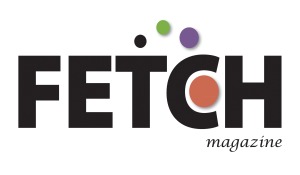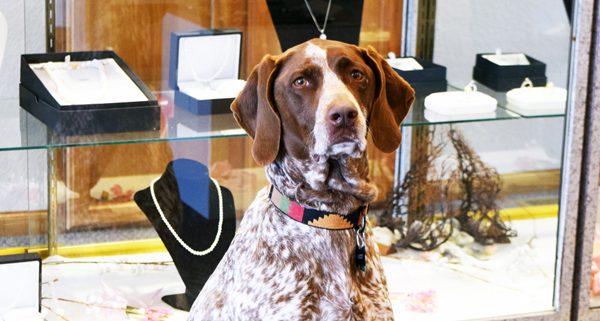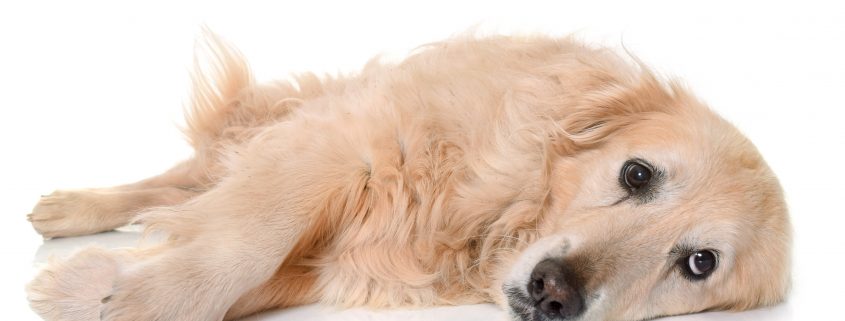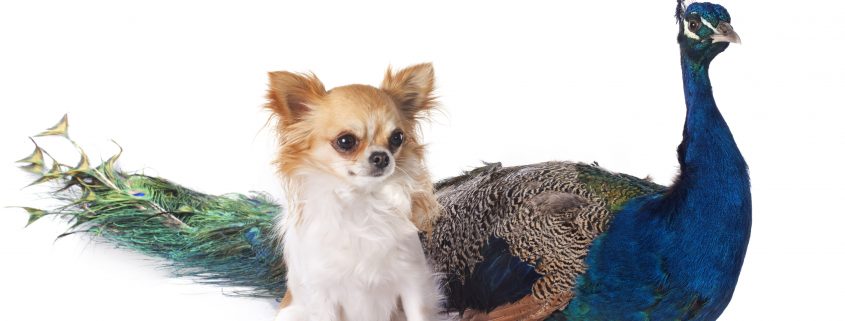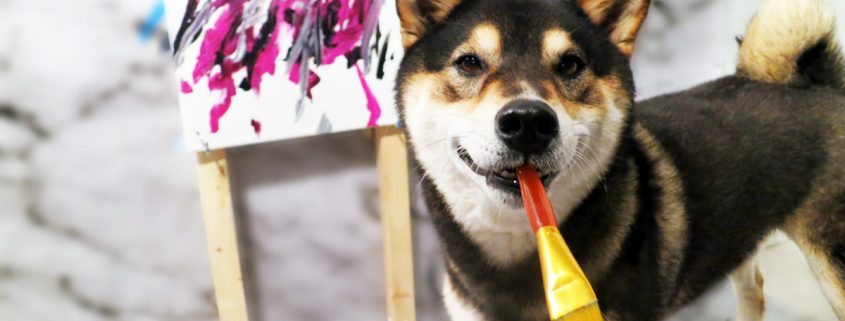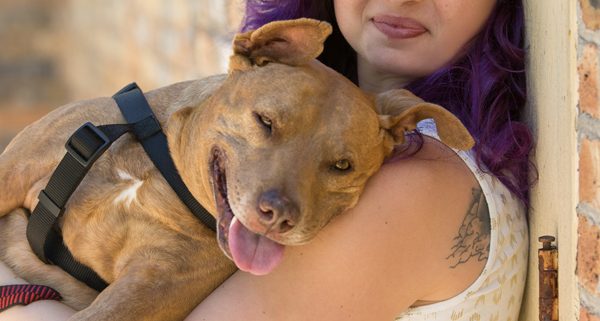By STACY KRAFCZYK
I was raised with non-denominational beliefs, and I really didn’t have an understanding of reincarnation growing up. It wasn’t until I started this career path as an animal communicator that I started to see that many animals were returning to their humans but in different forms.
Please don’t feel obligated to believe in reincarnation. But I ask that while reading this you keep an open mind. It may resonate with you or even validate something you have felt before. Sometimes just passing the information on to another can be the purpose you read this as it may resonate with another.
So let’s define reincarnation. Reincarnation is when an animal’s soul returns back to the earth but in a different body in order to continue their soul’s growth and journey. The soul goes from body to body learning different lessons and helping others. My own experience is that the soul may come back as a male or female, same breed or different breed or different species altogether. It does not have to be the same gender, but the animal may chose to come back as the same gender. Each reincarnation experience is unique in its own way.
Some clients are completely open to the idea of having an animal companion possibly return to them at a different time. Some clients request in sessions that they would like their animal to return, and some don’t believe in reincarnation at all. If I receive a message from their fur baby that they’re coming back, I just ask their humans to be open to the possibility. What is the harm of being open to the idea that your beloved animal may want to reunite with you again?
Other animals may have had a tough life in their physical body and may choose to be of assistance from the spirit plane. A rare few have said they were coming back to their humans but then sent a new animal soul to aid in the healing process—either resolving an old issue or helping the new animals soul grow and prosper. Penelope Smith, the founder and “grandmother” of animal communication, wrote an amazing book all about animals and reincarnation called “Animals in Spirit.” This is a great place to start.
A wonderful client from Minnesota lost her 13-year-old dog and dear friend. Prior to passing, the dog said he would return to her in a rescue but didn’t say when. She let that thought go because she didn’t necessarily believe in reincarnation either but loved her dog and did want him to come back. One day she felt drawn to go online to look at her local shelter for a dog. A rescue with similar colors as her previous pooch drew her in, but it was his eyes that spoke to her. She knew right away she had to go see him. She called the shelter and said to “hold that dog” and drove there. When she arrived at the shelter, a worker brought in the dog and he came running to her, knocking her over and kissing her face like her absent dog used to.
The kicker of the story is that her parents noticed the resemblance of the dog’s behavior to the previous dog as well. They started to call the new dog “bizarro dog” because he would sleep where the old dog slept, even though the old dog bed was no longer there. Eventually they did put a new one there because the dog wouldn’t lay anywhere else. The dog also started following the dad down the driveway when he left for work, which the old dog did too.
Another client’s dog came back very quickly in the form of a male puppy (instead of a female). The client blew off the dog’s message when it came through at first. The new pup had the exact same characteristics of the previous dog, same mannerisms, never had any potty accidents and was way too smart to know so much already at such a young age. The owner eventually admitted that she finally “knew” it was her previous pooch with tears in her eyes and crackling in her voice.
Other animals have come through of whom I have never met with very powerful validations of their previous lives such as quirky behaviors they used to do, what their humans did with their silky, soft ears and what it was like in their previous canine body.
It still continues to blow my mind after all these years of animal communication sessions. The stories and affirmations are so profound. There are so many beautiful stories to share. Keep in mind that an animal’s love remains the same even if they chose not to return. Be open to the idea that your beloved pup wants to return. And perhaps this is the validation you needed to confirm to you that one of your dogs was once a previous pup you had before. There’s no harm in an animal reincarnating. There’s only love. Only the love between a dog and their human.
